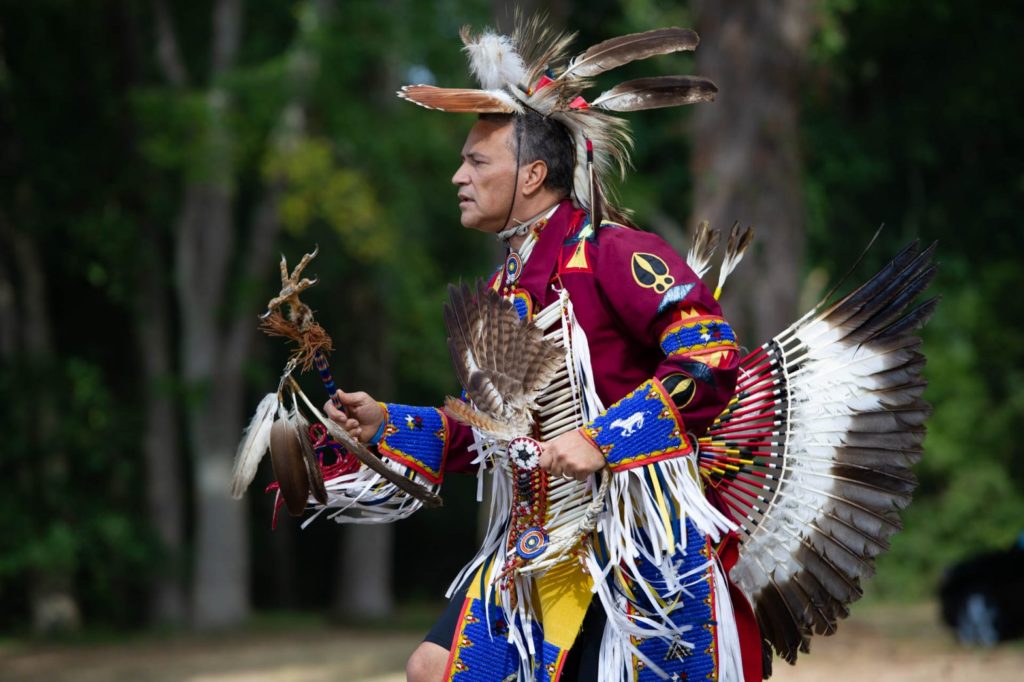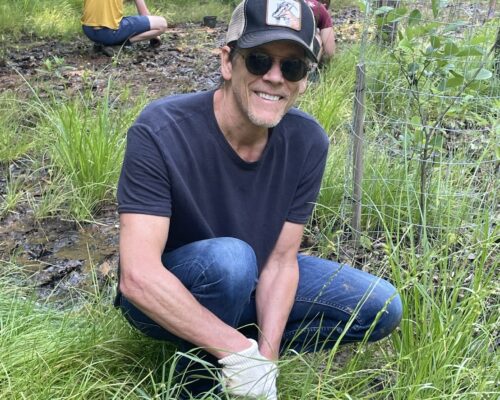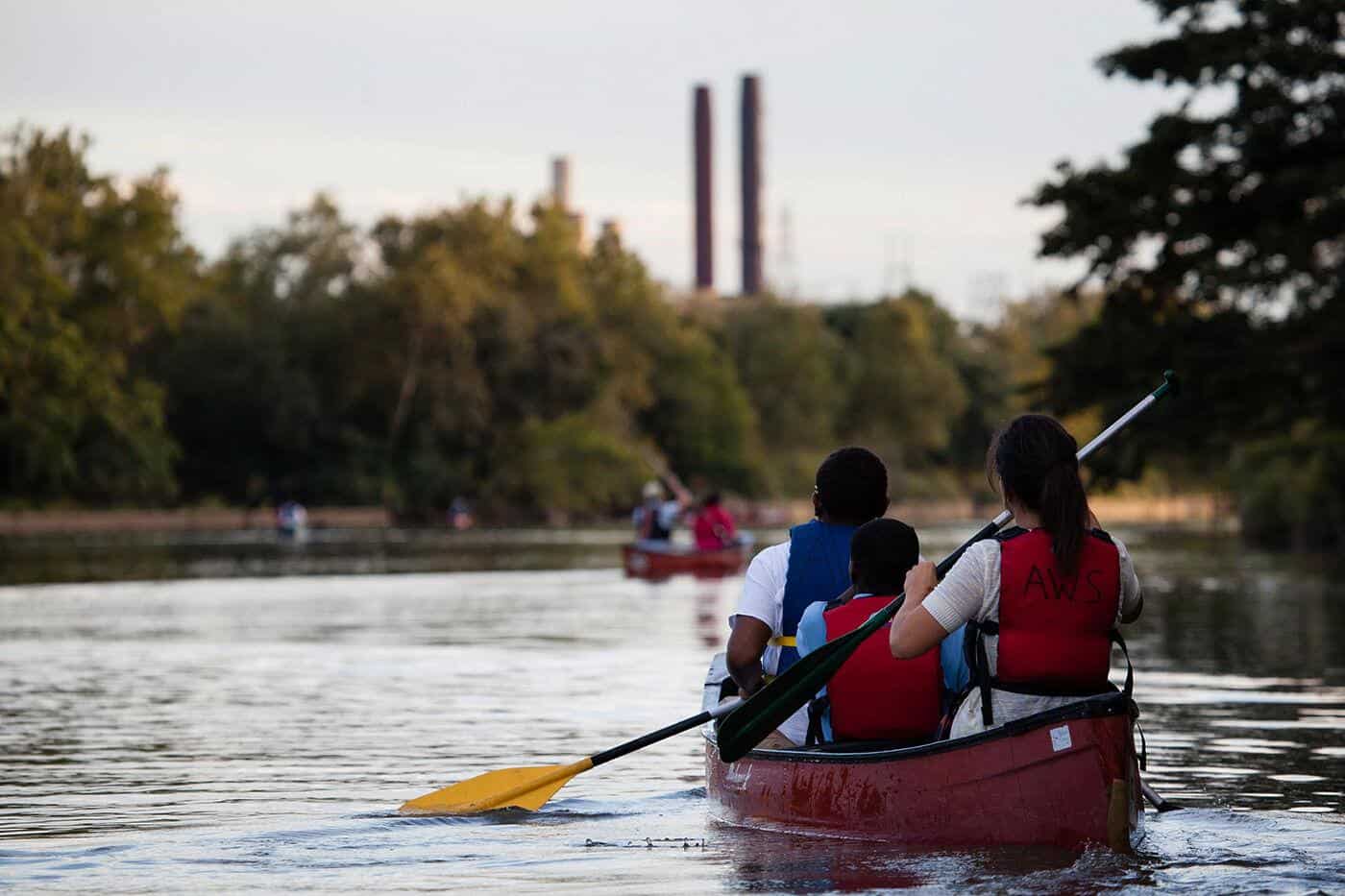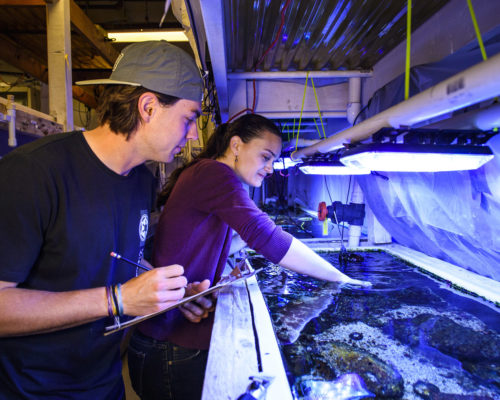At the end of December, Virginia’s Chickahominy Tribe re-acquired the historic 800-acre Mamanahunt peninsula in its home river, using $3.5 million from former Governor Ralph Northam’s current budget.
“As we strive to tell a fuller and more inclusive story of Virginia, it is important to preserve and protect physical places and spaces that represent the history of all Virginians,” said Governor Northam. “Returning this historically significant parcel of land to the Chickahominy is one way to recognize tribal sovereignty, honor their rich history and ensure that the Tribal Nation has a place where they can continue their sacred traditions and share their stories.”
Federally recognized in 2018, the Chickahominy people form Virginia’s largest Native tribe.
“[The acquisition of Mamanahunt] opens a new era for the tribe to share our history,” said Chickahominy Chief Stephen R. Adkins. “We would like to have a visitor’s center where we can describe the significance of the property and the reality of the Chickahominy people today. Sometimes we are confined to a 17th-century stereotype, and that’s not who we are.”
Mamanahunt, known as Willcox Neck when it was under English ownership, includes extensive hardwoods, pine plantations, farm fields, cypress swamps, and tidal fresh marshes. The previous owners placed conservation easements, so it remains in somewhat the same condition as it was when Captain John Smith and his crew visited in early December 1607 to trade for corn, helping the Jamestown colony get through its first winter in Virginia. Historians think that the treaty of 1614 between the Chickahominy Tribe and the English was signed at Mamanahunt.
“Mamanahunt is believed by experts to have been the seat of our Tribal government during the time of the arrival of the English colonizers and for our Tribe this is without question the most culturally significant site that has been returned to our people,” said Dana C. Adkins, Chickahominy Tribal Environmental Director. “We know that our role as good stewards of Mamanahunt is vital for its preservation, so education of our youth on environmentally significant events that impact us and education on ways to protect our environment is of great importance to us and will play a key role in helping to preserve our culture and continuing to tell our story”.
Want to explore this region further? Our in-depth story on the Chickahominy River appeared in the March 2020 issue of Chesapeake Bay Magazine.
-John Page Williams




